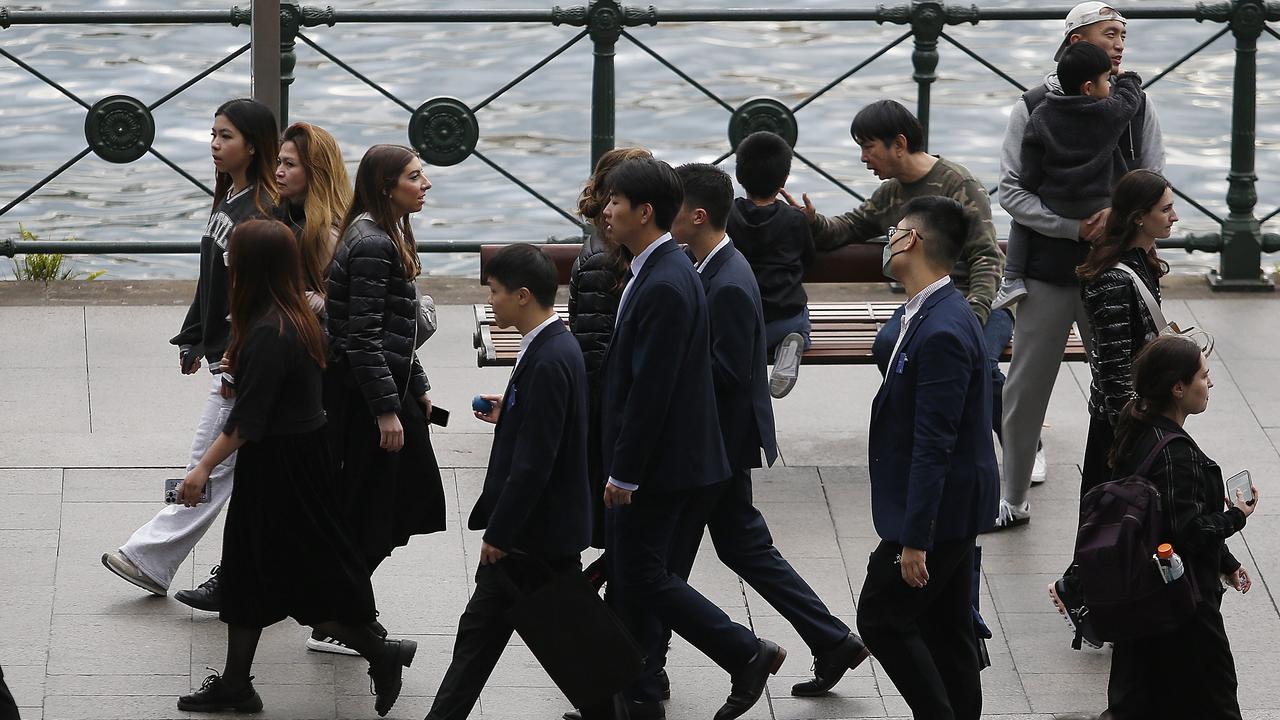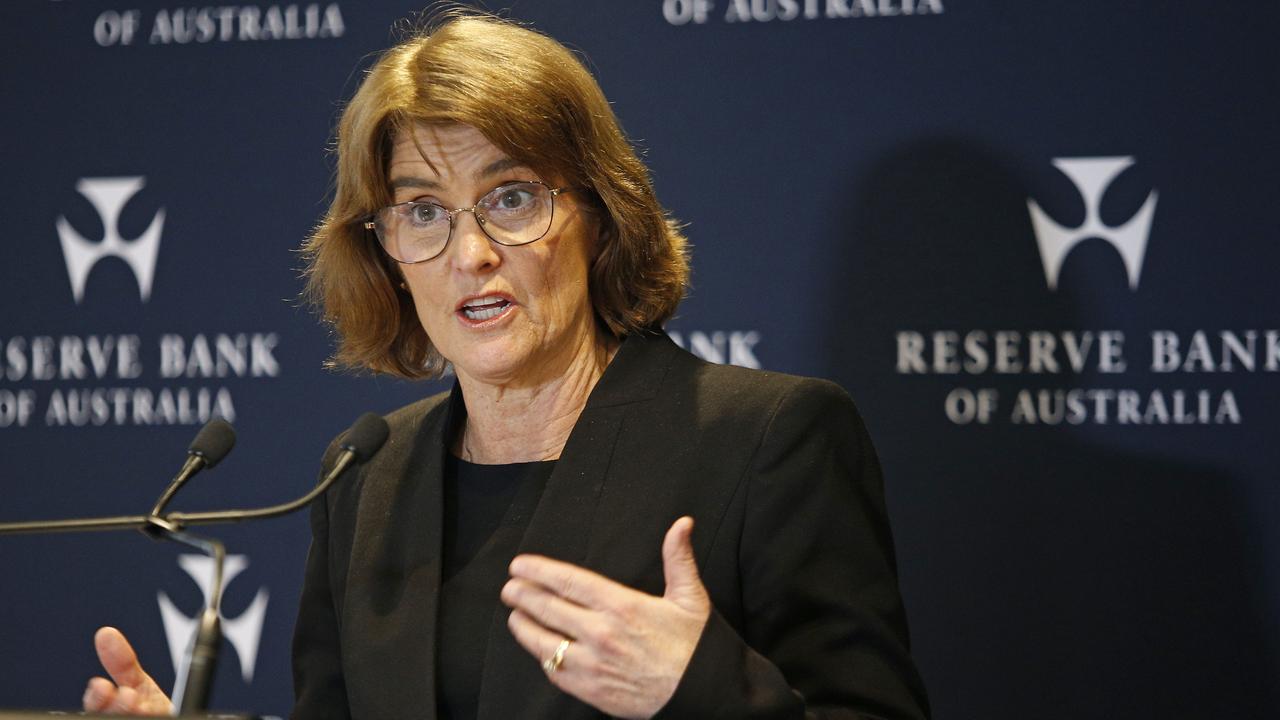Job outlook weakens ahead of RBA’s meeting
Aussies are being warned it might get harder to keep their jobs, as businesses look to reduce their headcount.
Australia’s job market is tipped to soften when the official figures are released on Thursday, as high interest rates and weakened business confidence continues to weigh down the economy.
Economists are predicting another uptick in unemployment on Thursday when the Australian Bureau of Statistics releases its monthly labour force figures.
In September, CBA is tipping joblessness to have hit 4.3 per cent even though an additional 15,000 jobs have been created. This is due to a historic high participation rate that is likely to remain at 67.1 per cent.
AMP expects a similar rate of 4.3 per cent unemployment but with jobs growth slowing to 20,000.
Federal Treasury and the Reserve Bank of Australia (RBA) expect unemployment to peak at 4.5 per cent.

BDO Economics partner Anders Magnusson said Thursday’s jobs data would show signs that higher interest rates were having an impact on the Australian economy.
“Unemployment will likely tick upwards by only 0.1 percentage point, with participation remaining historically high as households continue to work hard to meet their rising living costs,” he explained to NewsWire.
“Cost-of-living pressures continue to prompt more people to look for work alongside population growth driven by migrant workers seeking employment opportunities.”
The calls for a slightly weaker job market follow the unemployment rate remaining steady in August, coming in at 4.2 per cent, with employment growth ahead of market expectations at 47,000 people.
Hoarding labour
Australia’s unemployment rate remains low despite the central bank effort to create a more restrictive monetary setting.
Since May 2022, the RBA has hiked rates at 14 meetings and by 4.25 basis points, although it has held rates over the last seven meetings.

One way to fight inflation is to “put upwards pressure on the unemployment rate”.
This means more workers searching for jobs, which flows onto businesses being able to offer lower wages, putting downward pressure on household incomes, consumer spending and the prices of their goods and services. As a result, inflation will theoretically decrease.
While the RBA is hoping for a slight uptick in unemployment, so far this lowering of wages has not occurred as anticipated.
Deutsche Bank chief economist Phil O’Donoghue offers an explanation, pointing to businesses hoarding labour instead of reducing this expense.
“Australia’s unemployment rate is lower than it should be because most of the adjustment to lower labour demand has occurred through hours worked rather than through employment,” he said.
“We estimate that the unemployment rate would be closer to 5.25 per cent if employment growth had matched the slowdown in hours worked.”
Will this prompt a rate cut?
Despite a weakening outlook on jobs, it is unlikely the RBA will change its stance on monetary policy and reduce rates in November, unless there’s a sudden jump in unemployment.
“A gradual labour market softening is expected by many, including the RBA, so Thursday’s data should not change the RBA’s plans,” Mr Magnusson said.
“My medium-term view of the economy is that unless we solve the productivity puzzle and produce more with less, a tight labour market and strong public demand, compounded by higher service wages, will prevent inflation and the cash rate from decreasing anytime soon.”



